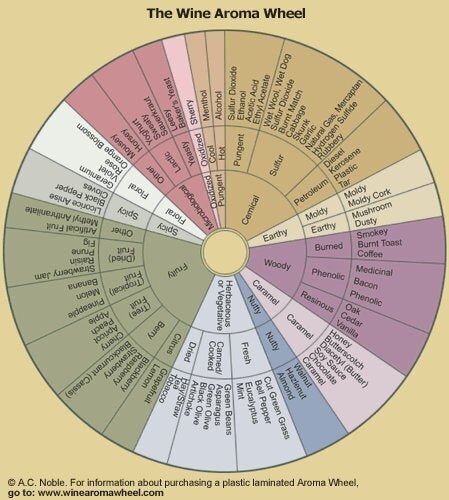
A relatively modern Jewish parable:
A young bride prepares her first celebratory meal for her husband. She decides to make brisket according to her mother's recipe. To prepare the roast, she cuts off each end, just as she'd seen her mother do. That evening, her husband says, "Honey, this meat is delicious, but why did you cut the ends off? That's the best part!" The bride responds that that was how her mother did it.
The next week, the couple have the bride's mother over for dinner. She prepares brisket again. As she's about to cut the ends off the roast, she pauses--her husband's question nagging at her. The bride calls her mother in and asks why she cut the ends off the roast. "Darling," her mother replies, "in our little tenement kitchen, that's the only way it fit in the pan!"
It's a story with a two-fold moral. There's the religious message that ritual is meaningless unless you understand the reason behind it: why the ritual is performed is more important than the ritual itself.
Second, it reflects more broadly on the dangers of received wisdom left unexamined. By doing something for no other reason than "that's they way it's always been done," you narrow your world view and miss out on burnt brisket ends and other great joys in life.
Which brings me to another irksome instance of cultural inertia in the wine world, the Wine Aroma Wheel.
Created by Ann C. Noble at UC Davis in the 1980s (perhaps last revised in 1990), the Wheel helped codify what was then an emergent discipline: "objective" description of wine. The Wheel quickly became a part of California wine education and, as anyone who has recently taken a "Wine 101" type class, has remained so to this day.
The problem is, it's 2011 and the Wine Aroma Wheel is still showing up to parties in acid washed jeans, feathered hair and a porn 'stache. Lest I inadvertently ascribe fashionable hipsterdom to the Wheel, let me assure you the Wine Aroma Wheel's look is not steeped in irony.
Because the Wheel is so much a product of the 1980s California wine world, it's about as useful for describing the aromas of wine in 2011 as a 1958 World Atlas is for naming countries in Africa or Eastern Europe. For instance, the Wheel has none of the now common mineral or saline descriptors used to describe the white wines of Galicia or the Adriatic and the tropical fruit category lists pineapple, banana and melon, but not guava or papaya. The list of now oft-used descriptors missing from the Wheel goes on: tarragon, graphite, pear, gooseberry, lime.
The descriptors missing tend to be the ones commonly used to describe un-oaked/non-malolactic white wines and lighter bodied red wines, styles not commonly available, discussed or analyzed when the Wheel was developed, but now some of the most rapidly proliferating wine styles available.
With its numerous aroma descriptors suggestive of under-ripe grapes, excessive sulfur and spoilage, the Wheel seems suited for finding indicators of flawed California wine and not much else--a useful tool in those trial and error days of California wine making.
But this damn Aroma Wheel, often without caveat, is still utilized by many teachers of introductory wine courses. Not to get all Dead Poets Society on the whole thing, but the Wheel is an introduction that needs to be torn from the book so we don't continue teaching new students a Cold War-era text.
The Wheel is most effective when it is most broad, and there is its utility. Yes, wines can smell fruity, herbal, floral, woody, and chemical-ly, but is there really much that can be objectively codified beyond that degree of specificity? One taster's blackberry is another taster's cassis.
From the earliest moments of education, we should encourage the wine taster to make personal associations with the aromas they're experiencing. What wine evokes in the taster is the most powerful part of wine drinking. Tropical fruit aromas take me back to a trip to Hawaii. Graphite and pencil shavings remind me of an influential middle school teacher. Cedar and tobacco evoke mixed feelings I had during childhood trips visiting family in Virginia.
In an incomprehensibly large wine world, the only authority we can reliably trust is our own evolving taste. Archaic tools like the Wine Aroma Wheel are merely easy vehicles in which to mislay our trust.
I don't deny there is great utility to guides that help us navigate the world of wine, but they need to be effective and informative, not just convenient.